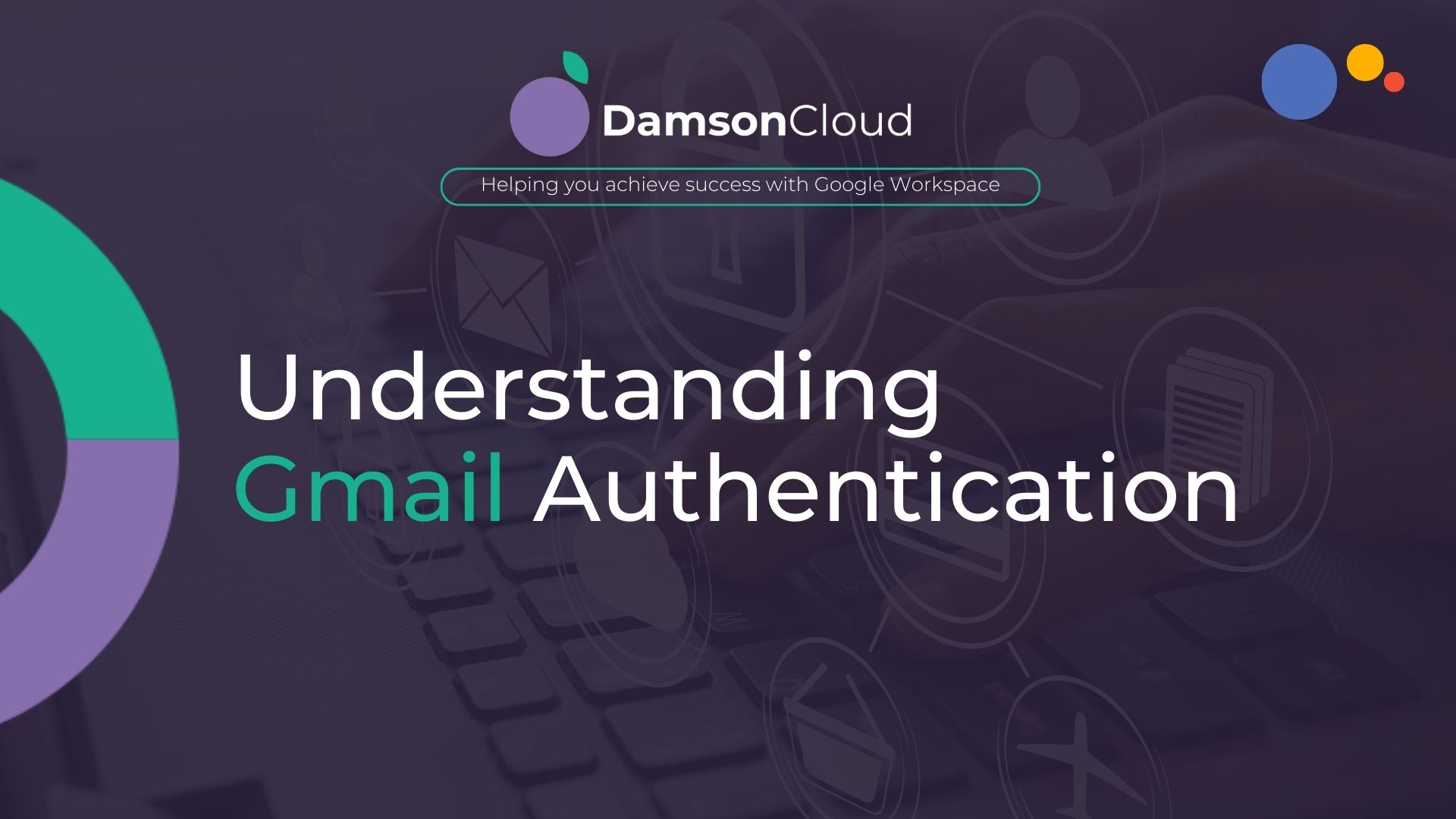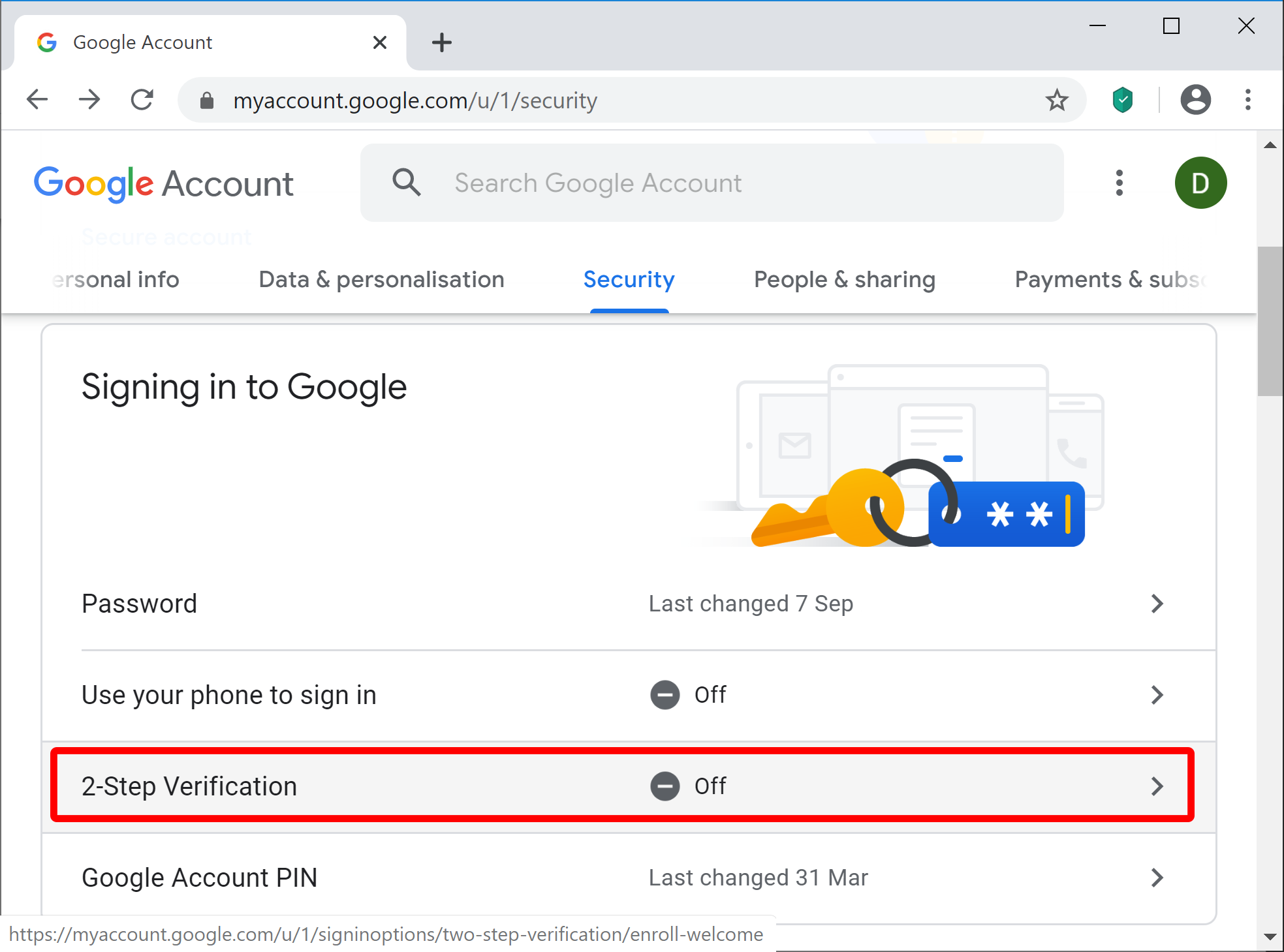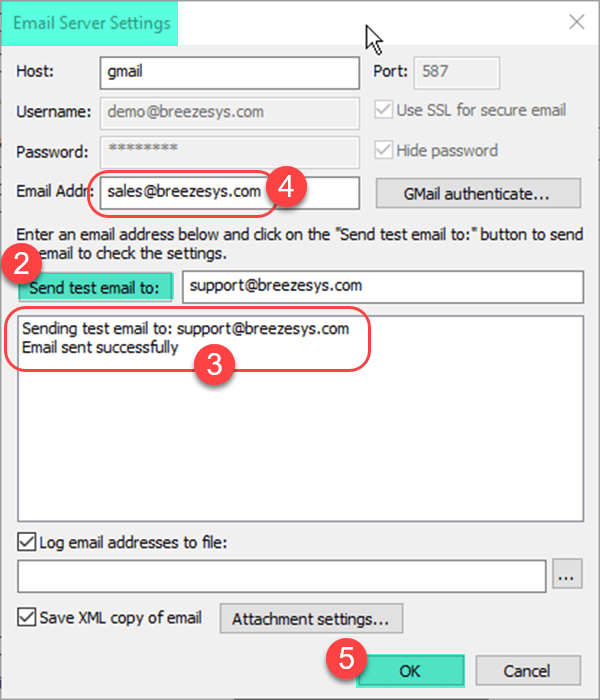Google Gmail Authentication: 3 Quick Tips

In today's digital landscape, online security is a top priority for individuals and businesses alike. With cyber threats on the rise, ensuring the safety and integrity of our online accounts is more crucial than ever. Google's Gmail platform, one of the most widely used email services, has implemented robust authentication measures to protect its users. In this article, we will delve into the world of Gmail authentication and explore three quick yet effective tips to enhance your online security.
Understanding Gmail Authentication

Gmail authentication is a multi-layered process designed to verify the identity of users and prevent unauthorized access to email accounts. It serves as a crucial line of defense against various cyber threats, including phishing attempts, account takeovers, and data breaches. Google employs a combination of advanced security protocols and user-friendly features to ensure a secure email experience.
At its core, Gmail authentication involves a two-step process: login verification and ongoing account protection. During the login phase, users are required to provide their email address and password. However, Google goes beyond traditional password-based authentication by offering additional layers of security. This is where our first tip comes into play.
Tip 1: Enable Two-Factor Authentication (2FA)

Two-Factor Authentication, often referred to as 2FA, is a powerful security measure that adds an extra layer of protection to your Gmail account. With 2FA enabled, logging into your account requires not only your password but also a unique verification code generated by a trusted device or app. This ensures that even if someone obtains your password, they cannot access your account without the additional verification step.
Here's how you can enable 2FA for your Gmail account:
- Access Your Account Settings: Log in to your Gmail account and navigate to the "Security" tab in the settings menu.
- Enable 2FA: Look for the "2-Step Verification" option and click on it. Follow the on-screen instructions to set up 2FA. You will typically need to provide your phone number or download an authentication app.
- Choose Your Verification Method: Google offers various verification methods, including text messages, phone calls, or authentication apps like Google Authenticator or Authy. Select the method that suits your preferences and needs.
- Complete the Setup: Follow the prompts to complete the 2FA setup process. You may need to enter verification codes sent to your trusted device or app to confirm your identity.
By enabling 2FA, you significantly reduce the risk of unauthorized access to your Gmail account. Even if your password is compromised, the attacker would still need physical access to your trusted device or knowledge of the authentication app's codes, making it extremely difficult to gain unauthorized entry.
The Benefits of 2FA
Implementing 2FA provides several key advantages:
- Enhanced Security: 2FA adds an extra layer of protection, making it significantly harder for hackers to access your account.
- Account Recovery: In the event of a lost or forgotten password, 2FA allows for a more secure and reliable account recovery process.
- Peace of Mind: With 2FA enabled, you can rest assured knowing that your sensitive information and emails are better protected.
Remember, enabling 2FA is a simple yet powerful step towards strengthening your online security. It's a small investment of time that can pay off significantly in the long run by safeguarding your digital life.
Tip 2: Utilize Gmail’s Advanced Security Features
Google understands the importance of providing comprehensive security measures, and Gmail offers an array of advanced features to enhance account protection. By leveraging these features, you can further fortify your Gmail account and ensure a safer email experience.
Google’s Advanced Protection Program
For users with higher security needs, Google offers the Advanced Protection Program (APP). This program is designed for individuals who require an extra level of security, such as journalists, activists, and political figures. By enrolling in APP, you gain access to robust security features that minimize the impact of targeted online attacks.
Here's an overview of the key components of the Advanced Protection Program:
| Feature | Description |
|---|---|
| Security Keys | APP requires the use of physical security keys, such as YubiKeys, for two-factor authentication. These keys provide an additional layer of security beyond traditional codes or passwords. |
| Limited Data Access | With APP enabled, third-party apps and services have limited access to your Gmail data. This reduces the risk of data breaches and unauthorized access. |
| Enhanced Account Recovery | APP offers a more secure account recovery process. You must verify your identity using a physical security key, ensuring a higher level of assurance during recovery. |

While the Advanced Protection Program is tailored for specific user needs, it showcases Google's commitment to providing robust security options. Even if you don't require the level of security offered by APP, you can still benefit from Gmail's other advanced security features.
Additional Security Features
Gmail provides a range of additional security measures to enhance your online protection. Here are some notable features:
- Confidential Mode: Confidential Mode allows you to send sensitive emails with added security. You can set expiration dates, revoke access, and require additional authentication for opening attachments.
- Security Checkup: Gmail’s Security Checkup tool provides a quick assessment of your account’s security settings. It helps identify potential vulnerabilities and guides you through the process of improving your security posture.
- Email Encryption: Gmail offers end-to-end email encryption, ensuring that only the intended recipient can access the content of your emails. This feature is particularly useful when sending sensitive information.
- Advanced Spam and Phishing Protection: Gmail’s sophisticated algorithms and machine learning capabilities help identify and filter out spam and phishing attempts, keeping your inbox secure.
By utilizing these advanced security features, you can tailor your Gmail experience to your specific security needs and further minimize the risks associated with online threats.
Tip 3: Regularly Monitor and Manage Your Account
While implementing robust security measures is crucial, it’s equally important to actively monitor and manage your Gmail account to maintain a high level of security. Regularly reviewing your account settings and activity can help identify potential security breaches or suspicious activities.
Reviewing Account Activity
Gmail provides a feature called “Last Account Activity” which displays information about recent account activity, including login attempts and IP addresses. By regularly reviewing this information, you can quickly identify any unauthorized access attempts or suspicious activity.
To access the "Last Account Activity" information:
- Log in to your Gmail account.
- Click on your profile icon in the top-right corner and select "My Account."
- In the "Sign-in & Security" section, click on "Signing in to Google."
- Scroll down to the "Recent activity" section to view recent login attempts and their details.
If you notice any unfamiliar activity or suspect a security breach, take immediate action. Change your password, enable 2FA if not already done, and consider reviewing and adjusting your security settings.
Managing Account Access and Third-Party Apps
It’s essential to keep track of the apps and services that have access to your Gmail account. Regularly review and manage the permissions granted to third-party apps to ensure they align with your security preferences.
To manage third-party app access:
- Log in to your Gmail account and navigate to the "Security" tab in the settings menu.
- Scroll down to the "Connected apps & sites" section.
- Review the list of apps and services that have access to your account. If you find any unfamiliar or unnecessary apps, click on the "Remove" button to revoke their access.
By regularly monitoring and managing your account access, you can minimize the risks associated with unauthorized data sharing and potential security breaches.
Stay Informed and Update Your Security Settings
Online security is an ever-evolving field, and new threats emerge regularly. Stay informed about the latest security practices and updates by following reputable sources and security blogs. Google frequently releases security enhancements and updates, so ensure your Gmail account is up-to-date with the latest security measures.
Additionally, consider enabling automatic updates for your operating system and web browsers. These updates often include critical security patches that help protect your devices and online accounts from known vulnerabilities.
Conclusion

Gmail authentication is a critical component of online security, and by implementing the three quick tips outlined in this article, you can significantly enhance the protection of your Gmail account. Enabling Two-Factor Authentication, utilizing Gmail’s advanced security features, and actively monitoring and managing your account are essential steps towards safeguarding your digital presence.
Remember, online security is an ongoing process, and staying vigilant is key. By adopting these practices and staying informed about the latest security trends, you can enjoy a safer and more secure email experience with Gmail.
What is Two-Factor Authentication (2FA)?
+Two-Factor Authentication (2FA) is a security measure that requires users to provide two forms of verification when logging into an account. It adds an extra layer of security beyond just a password. 2FA typically involves something you know (your password) and something you have (a unique code generated by an app or sent to your trusted device).
Is Gmail’s Advanced Protection Program suitable for everyone?
+No, the Advanced Protection Program (APP) is designed for individuals with specific security needs, such as those in high-risk professions or who handle sensitive information. APP provides an extra level of security but may limit the use of some third-party apps and services. It’s important to assess your security requirements before enrolling in APP.
How often should I review my Gmail account activity and security settings?
+It’s recommended to review your account activity and security settings at least once a month. However, if you suspect any unusual activity or receive notifications about potential security risks, it’s crucial to address these issues immediately. Regular reviews help ensure your account remains secure and your data is protected.



